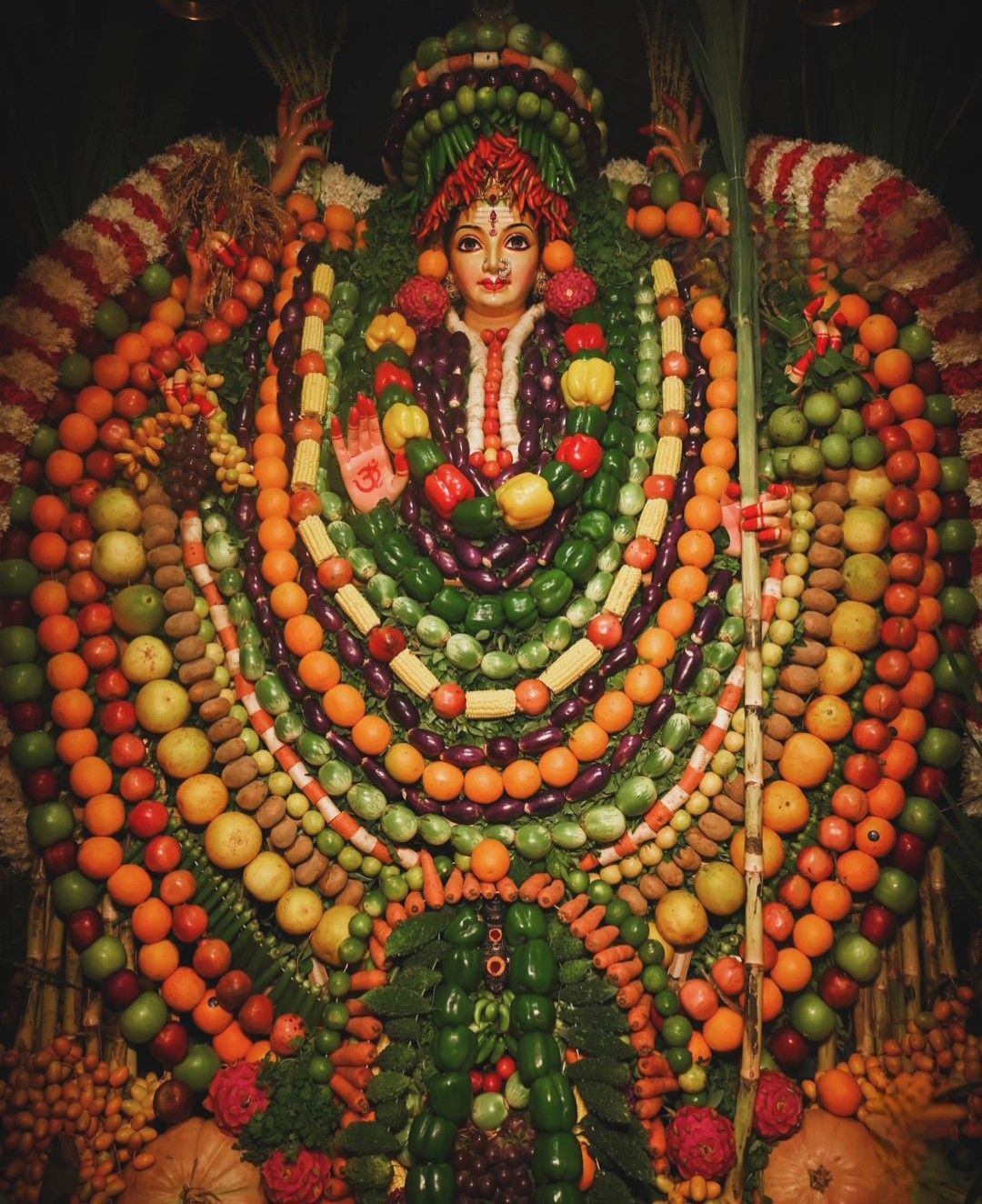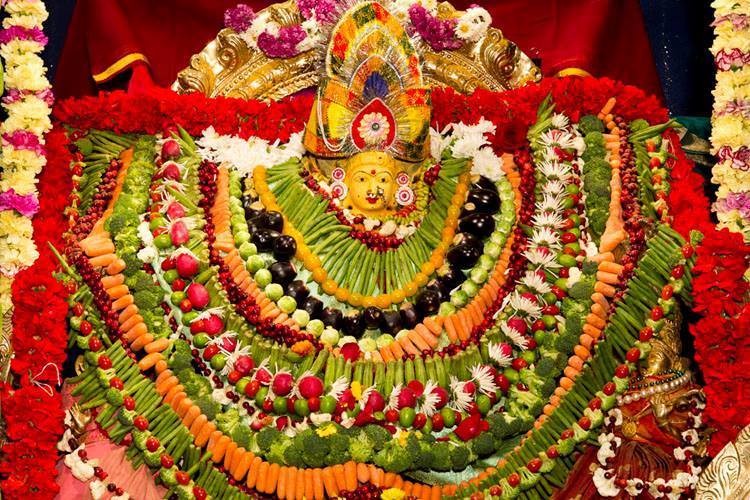Diwali, known as the Festival of Lights, is arguably the most awaited and celebrated Hindu festival. It’s a time when the young and old, rich and poor, across various regions come together to celebrate light, knowledge, and good nature. But did you know that Diwali spans over five days, each with its unique significance and rituals?
5 Days of Diwali
The five days of Diwali are a carousel of cultural richness that rotates with the lunar calendar. The festivities kick off with Dhanteras, followed by Naraka Chaturdashi, Diwali or Lakshmi Puja, Govardhan Puja, and conclude with Bhai Dooj.

Day 1 – Dhanteras – The Genesis of Fortune
Dhanteras marks the commencement of Diwali and is considered an auspicious day for buying utensils and gold. It’s believed that new “dhan” or wealth bought on this day will bring prosperity. It is also known as “Dhantrayodashi “.
Yam Deep Daan Puja is observed on the thirteenth day of the Krishna Paksha or waxing phase of moon in Ashwin month. The day usually falls two days before Diwali and therefore celebrated on the first day of the 5 days of Diwali.
Dhanvantri Jayantiis also usually observed two days before the Diwali and therefore celebrated on the first day of the 5 days of Diwali. It is observed during Trayodashi Tithi of Krishna Paksha. The day is celebrated as the birth anniversary of Dhanvantari, the teacher and the father of Ayurveda.
Day 2: Chaturdashi – The Eve of Enlightenment
The day before Diwali is known as Chaturdashi. Some regions celebrate it as ‘Naraka Chaturdashi’, this day commemorates Bhagawan Krishna’s & Satyabhama triumph over the demon Narakasura. It’s a reminder of the victory of good over evil, light over darkness. It’s also a day for final Diwali preparations.
Kali Chaudas also celebrated during the second day of Diwali. The auspicious day, which falls a day before Diwali, is dedicated to the worship of Goddess Mahakali and is of great importance. In Gujarat, the day is also dedicated to Hanuman worship. It is also celebrated as Choti Diwali.
Day 3: Diwali – The Coronation of Light
The apex of the festival, Diwali, is when homes are adorned with lights and families perform the Lakshmi Puja. This day is associated with the return of Bhagawan Shri Rama to Ayodhya and the victory of light over darkness. Lakshmi Puja is celebrated on this day.
Day 4: Govardhan Puja – The Tribute to Nature
Govardhan Puja is the fourth day of Diwali, celebrated as a mark of respect to Mount Govardhan. By worshipping this natural element, we are reminded of the importance of nature in our lives. In Gujarat, the day after Diwali is observed as Annakut – New Year’s Day.
Day 5: Bhai Dooj – The Bond of Siblings
Bhai Dooj concludes the festivities with a celebration of the brother-sister bond. Sisters apply a sacred tilak on their brothers’ foreheads and pray for their long lives.
In conclusion, Diwali, the luminous festival of lights, paints the entire India and hearts of those celebrating worldwide with its vibrant colors, profound spiritual significance, and joyous celebrations. These five days are not just a festival period but a cultural odyssey that invites us to introspect, bond, and spread happiness.
As the young generation steps forward to embrace this heritage, it’s crucial to carry forward not just the traditions but also the ethos of Diwali – the victory of light over darkness, knowledge over ignorance, and hope over despair.
Illuminate your homes and hearts, and may this Diwali be the beacon that leads you to prosperity and peace. Happy Diwali! Follow Temple Connect for daily updates.




